An outdoor vegetable garden means that you have to wait for the perfect weather conditions for it to succeed. Even then, you never know what to expect from nature the next day. If the idea of waiting for warmer weather and then praying that Mother Nature will go mild and friendly on what you have planted, there is another, simple solution. I am talking about indoor vegetable gardens.
The idea of having a garden inside your home might seem a bit weird to you at first, but when you think about it closely, it’s an entirely logical thing. You can have your very own organic vegetables while not even having to leave your home to care for them. If you get some more info on organic vegetables on growfoodguide.com, I have no doubt that you will quickly realize why this might be a great idea, whether gardening is your hobby or your means of getting healthy nutrients.
There are a couple of different techniques you can employ to achieve this goal. Nowadays, the focus is quickly shifting from the traditional method towards aquaponics and hydroponics, and these two are becoming the most popular gardening techniques. If you aren’t familiar with those, I suggest you do a little more research. Simply put, those are the techniques allowing you to garden without soil, with the use of water and fertilizer, or water and fish, depending on which one you choose.
No matter which technique you decide to employ, however, there are some steps that you need to follow to be successful in this endeavor. Most people never get beyond just thinking about doing this, because they don’t know how to start and how to do the whole project themselves. I am all about DIY projects, and I’m here to share a few tips and tell you about the steps you need to take to grow an indoor vegetable garden successfully. Check out a few indoor growing guides and get started on your garden today.
Get Started Already
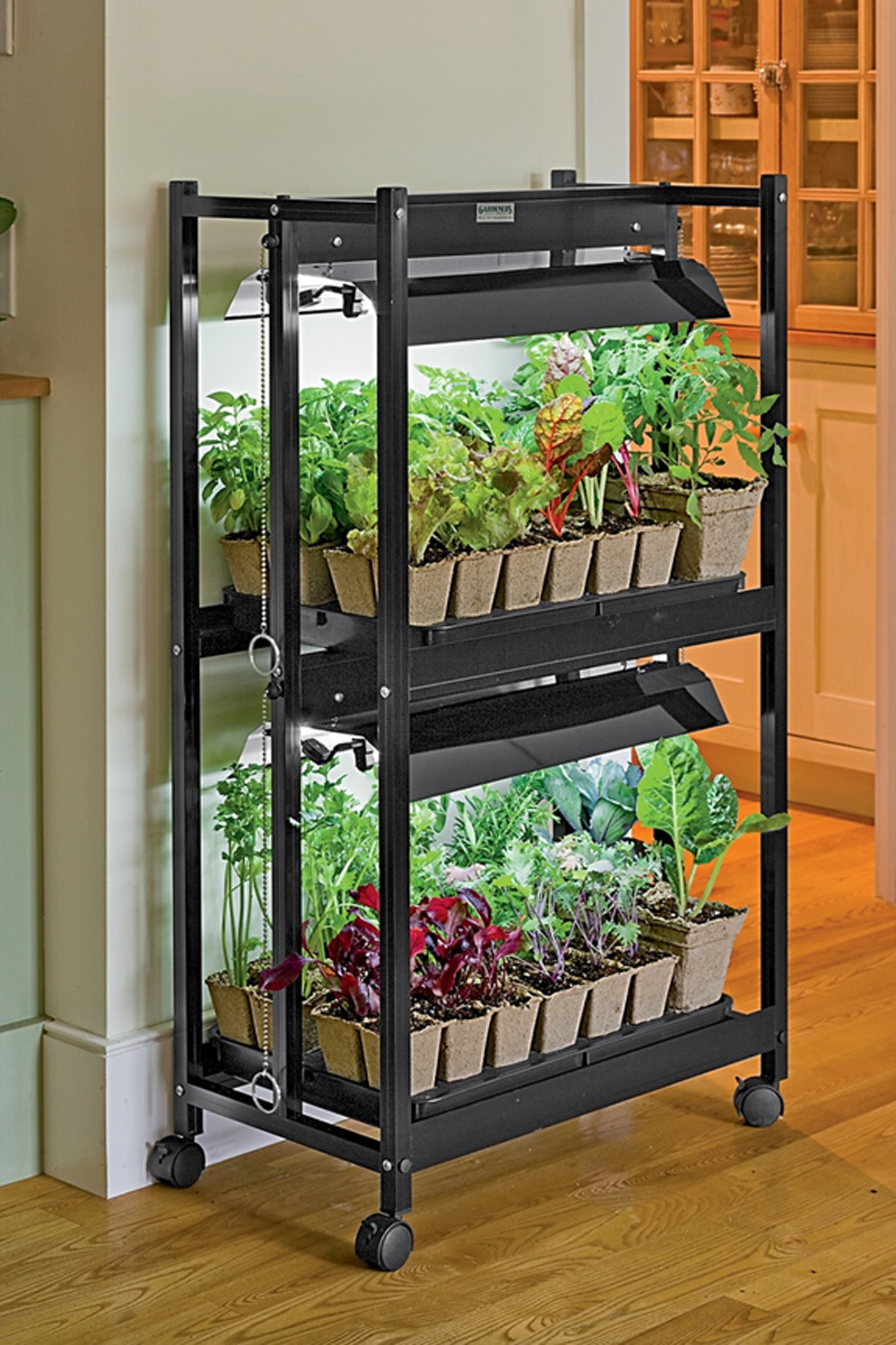
.tdi_67_3df.td-a-rec{text-align:center}.tdi_67_3df .td-element-style{z-index:-1}.tdi_67_3df.td-a-rec-img{text-align:left}.tdi_67_3df.td-a-rec-img img{margin:0 auto 0 0}@media (max-width:767px){.tdi_67_3df.td-a-rec-img{text-align:center}}
As I have already said, most people never get anywhere because of the goal that they are trying to achieve exists only in their heads. Don’t be one of those and start making actual plans on growing your indoor garden. In other words, stop pondering, get a pen, and put those ideas on paper. Then, get another paper and write down a list of things you will have to buy to get started.
Yes, you will need to make some investments here, but it will all eventually be worth it. Doing this is not that expensive, so if that’s your excuse for not getting started, then I suggest you either think of a different one or stop making excuses altogether. The key is to get motivated, stop thinking about it, and start doing it, one step at a time. Here’s a useful source to help you out once you get started.
Buy Your Seeds
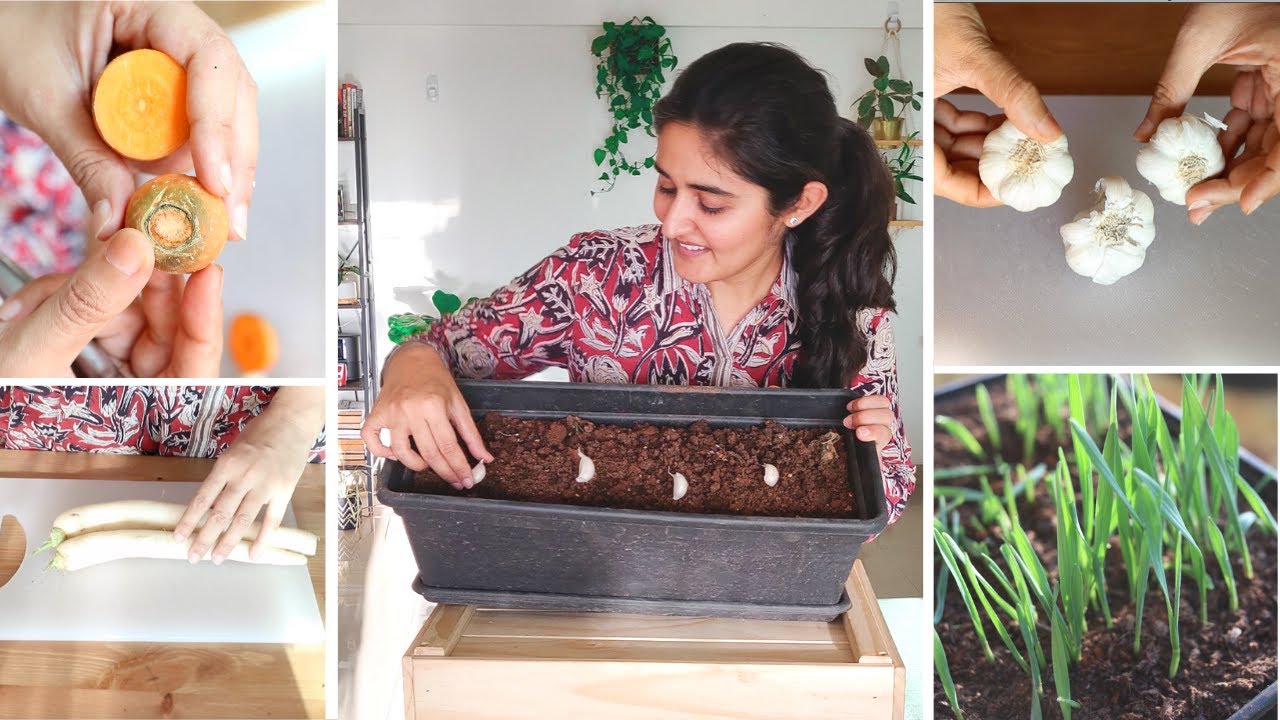
Once you are motivated enough and ready to make this dream a reality, it’s time to buy the seeds you want. It should go without saying that this should be your very first step. Think long and hard about which vegetables you want to grow and make a list. Depending on the size of your indoor garden, you might need to make some compromises and give up on planting certain veggies.
After deciding on the ones you want, you can go to your local garden center and pick the seeds up. You could also order them online and have them conveniently delivered to you. This is an excellent option if the local garden center doesn’t have the seeds you want. Of course, that will depend on your preferences, but there is no need for you to give up on certain vegetables just because you cannot find the seeds at the local shop.
Buy Or Make Containers
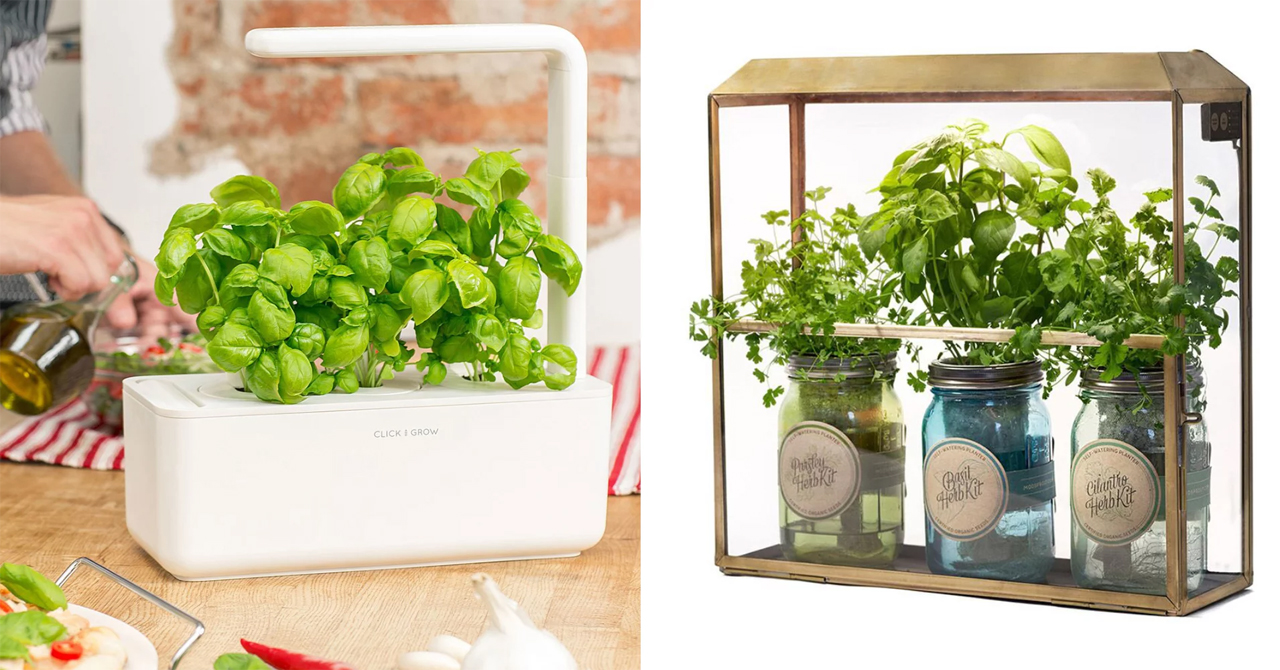
Containers are essential for your garden, no matter which technique you are using. Of course, you should look into the three different techniques that I have mentioned above, the traditional, the aquaponics, and the hydroponics and then decide on the type of containers you need. Once again, you can buy these at your local shop or order them online.
The container type, as well as some other things, can also depend on the type of the vegetable you are growing and you can get some useful tips on that by visiting this site: thespruce.com
As I have already said, you can buy these containers. If you want to save some money and have fun in the process, however, you can always choose to make these containers yourself. This is what DIY is all about, and finding some useful tips on how to create containers will be a lot of fun. Of course, it’s up to you. Some people just don’t like to spend their time doing this, and it’s perfectly okay.
Choose The Spot
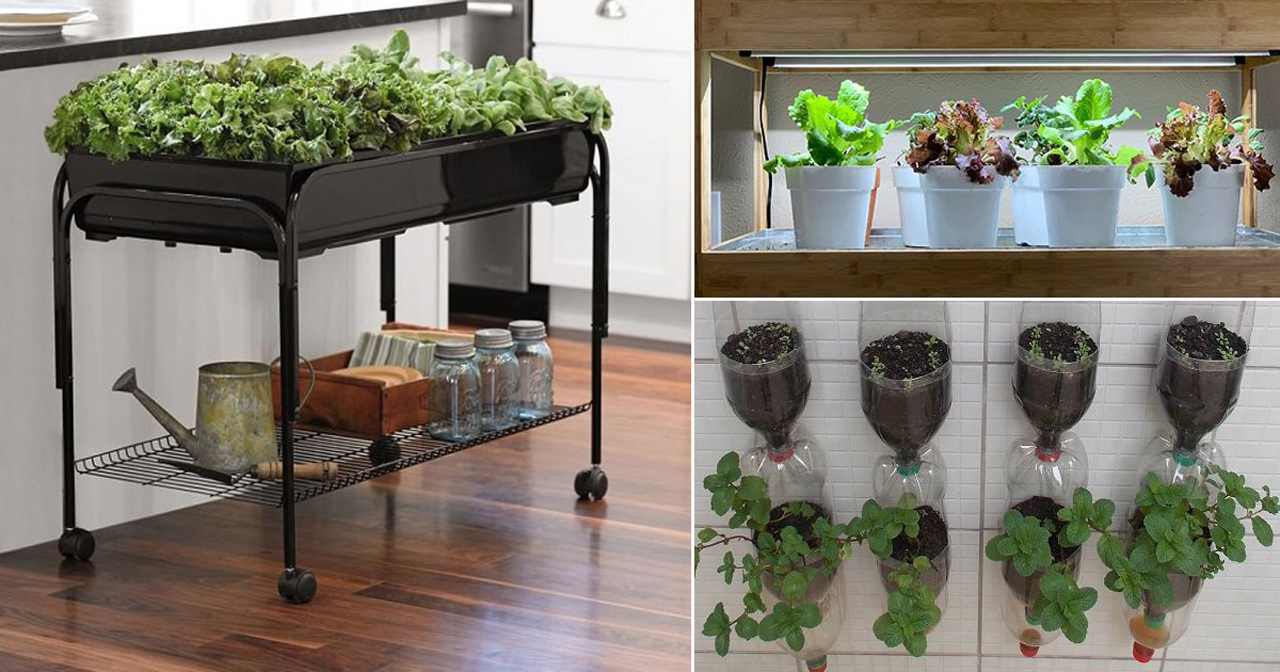
The size of your indoor vegetable garden will depend on the space in your home you decide to use for this project. When choosing the right spot, you will have to consider two important things. I am talking about heat and light because those are the factors that will influence the growth of your veggies and the overall success of your project.
Naturally, this depends on the type of vegetables you are planting, and you should dig a little deeper into that once you decide on the seeds you are going to buy. When you have done your research, choose the spot in your home, and set up the equipment you need. Start thinking of that spot as of your very own garden and try to use it only for those purposes.
Plant It
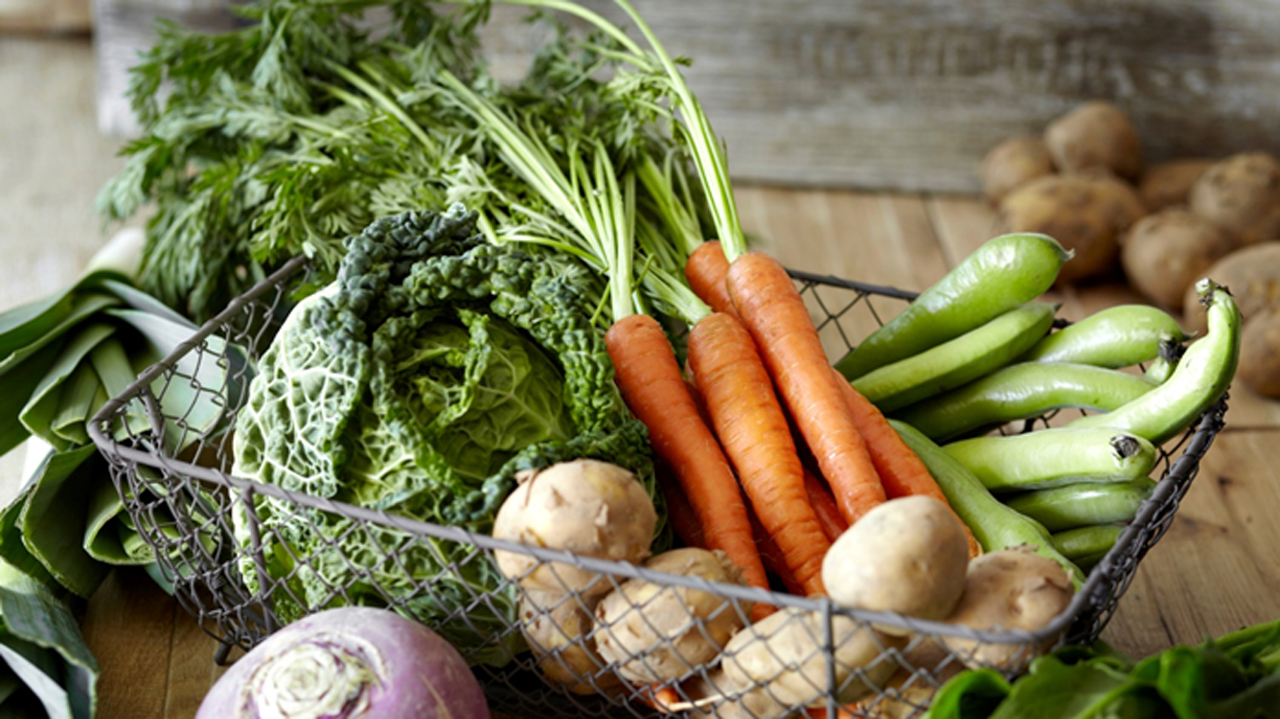
After everything I have mentioned above is successfully done and prepared, it’s time to plant the seeds. Depending on the technique you have chosen, this step might or might not involve prepping the soil. If you go for aquaponics or hydroponics, you won’t have to use any soil whatsoever. Upon making that decision and planting the seeds, remember to take proper care of the vegetables as they start growing.

